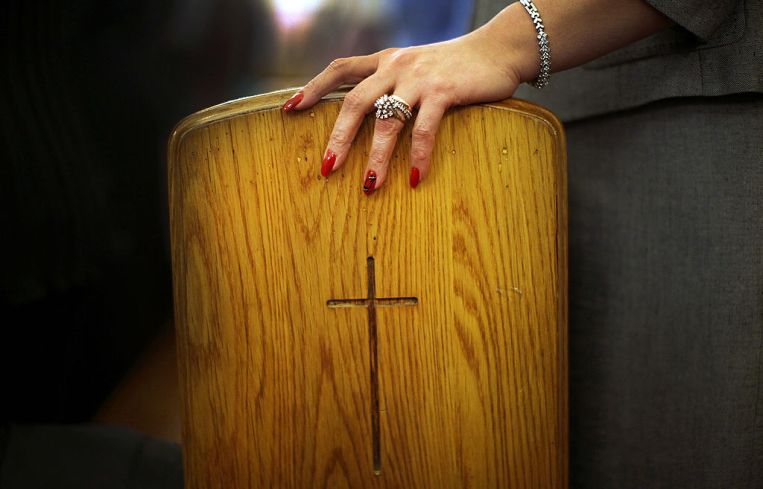HUD Wants to Help Brooklyn Churches Build Affordable Housing
By Aaron Short August 9, 2023 5:24 pm
reprints
As Albany struggles — and struggles — to pass measures foster more affordable housing development, some federal housing officials are encouraging churches to fill in the gap.
Last week, United States Department of Housing and Urban Development (HUD) Secretary Marcia Fudge and regional administrator Alicka Ampry-Samuel held a roundtable with pastors and developers in Brooklyn to help kick-start housing development on their properties that could allow congregants to stay in the neighborhoods where they have lived for much of their lives.
“Churches have relationships that go back decades. Now that we’re in a housing crisis, it makes sense to liaise with the faith-based community to address these needs,” Ampry-Samuel told Commercial Observer. “We always hear about seniors wanting to age in their communities, but we’ll be working with families and all other groups.”
Starting in September, local governments and planning agencies can apply for an $85 million federal grant program that will help churches pay for the expertise needed to handle property rezonings, and draft plans for new housing projects. Another tranche of HUD funding — close to $1 billion from the Green and Resilient Retrofit Program — could help churches and other nonprofits upgrade existing buildings with more energy efficient and climate-resistant infrastructure.
Ampry-Samuel acknowledged that it is not easy for most organizations to navigate HUD’s systems or even be aware of the myriad of programs that are available to them. But churches have decades of experience building supportive housing for seniors on their lots, and Ampry-Samuel hopes the new funds will encourage them to work with affordable housing developers, as construction costs have risen.
“Back in the day, you were able to fund a senior building with HUD dollars, but you can’t do that now. You have to leverage dollars,” she said. “We’re going to provide that level of technical assistance and be a liaison to other federal agencies like the Department of Treasury and the Environmental Protection Agency.”
Some churches have already started to develop their lots.
The Christian Cultural Center, the city’s largest megachurch, partnered with the Gotham Organization on a proposal that would rezone the church’s 10.5-acre Starrett City campus to allow 11 new buildings with 2,000 affordable homes. (The New York City Council approved it in November only after Councilmember Charles Barron demanded the developer drop income limits to 30 to 80 percent of the area median income.) And, the Church of God of East Flatbush worked with Brisa Builders in 2018 to turn a two-block lot in Brownsville, Brooklyn into its nine-story, 43,000-square-foot headquarters with 513 units of affordable housing.
The Flatbush church is currently seeking to tear down a two-story building across from its East 95th Street sanctuary to create more housing for seniors on the site. Bishop Hugh Nelson said the federal grant would help the church work with a developer to determine how many units they could build using the church’s air rights.
“Several congregations have underutilized properties, and the opportunity of utilizing space that addresses an urgent need makes this a very exciting offer,” Nelson said. “Instead of having a building that’s used three times a week, a congregation has the opportunity, with the right partnerships, to use that property to provide housing or other community spaces.”
Cash-strapped churches in Kings County have been mulling over development projects for years to keep their congregations going and provide affordable housing in their neighborhoods. In 2014, then Borough President Eric Adams hosted conferences to teach churches how to partner with private developers.
Brisa Builders CEO Ericka Keller believes HUD is taking a smart approach by helping churches and targeting development on smaller lots scattered around the city, even if it results in a few dozen units per project, since smaller properties often get built quickly.
“Sometimes we get caught up in the minutia of the 500- to 1500-unit endeavors by developers that are time-consuming, but if you try to get 29 units here and 15 over here, you should be able to get that up in 12 to 18 months,” Keller said. “That opens up opportunities for different types of developers to open up their portfolio.”


